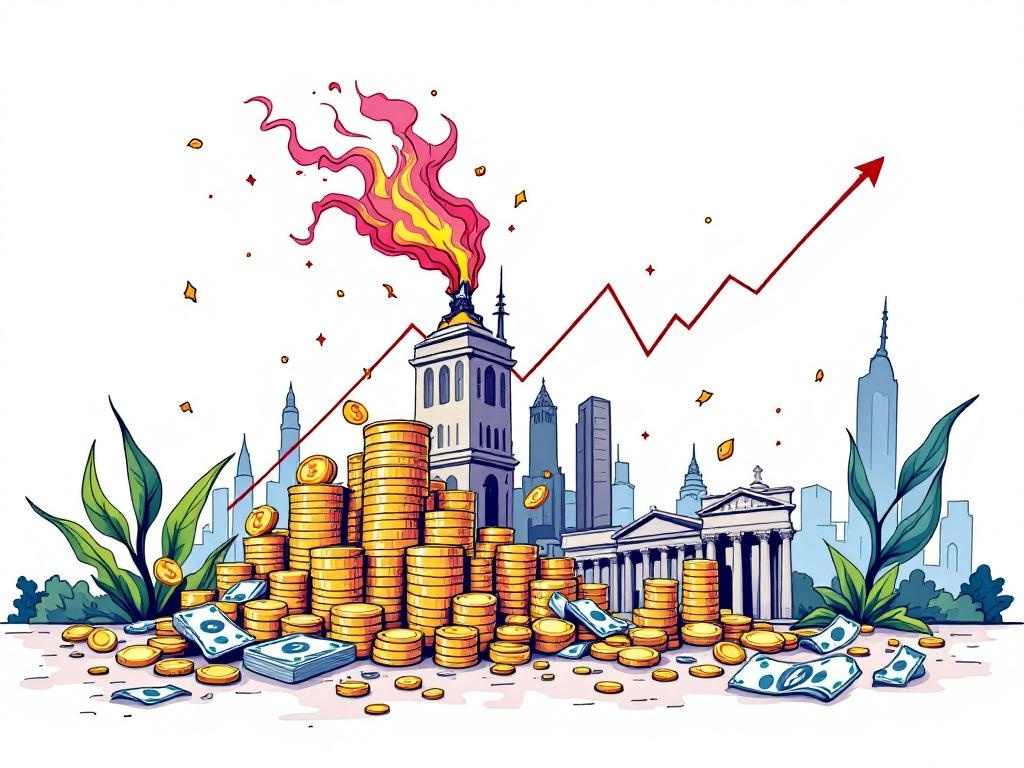Gold Prices Surge Amid Geopolitical Unrest and Inflation Concerns

New York, Thursday, 23 October 2025.
Gold prices rose over 1% on October 23, 2025, driven by geopolitical tensions and upcoming U.S. inflation data, influencing market expectations for monetary policy.
Geopolitical Tensions Drive Safe-Haven Demand
The recent rise in gold prices is closely linked to escalating geopolitical tensions. Notably, the U.S. administration’s imposition of sanctions on Russian oil giants such as Lukoil and Rosneft has added to global uncertainty. These sanctions, part of President Donald Trump’s policy response to the ongoing conflict in Ukraine, have increased the attractiveness of gold as a safe-haven asset [1]. Furthermore, the potential for new trade restrictions between the U.S. and China, specifically targeting software-driven exports, has contributed to heightened market volatility [1].
Inflation Concerns and Monetary Policy Implications
Investors are also closely watching upcoming U.S. inflation data, as the Consumer Price Index (CPI) report due on October 24, 2025, is expected to show core inflation remaining steady at 3.1% for September [2]. This data is critical as it could influence the Federal Reserve’s decisions regarding interest rates. The market has already priced in a 25-basis-point rate cut, with another anticipated in December, reflecting expectations of a more accommodative monetary policy [1][3]. Gold, as a non-yielding asset, tends to benefit in low-interest-rate environments, making it an attractive investment amid such economic conditions [1].
Market Reactions and Future Price Predictions
In response to these dynamics, spot gold prices rose by 1.4% to $4,149.39 per ounce as of 11:05 a.m. ET on October 23, 2025, following a brief dip to a near two-week low in previous sessions [1]. U.S. gold futures for December delivery increased by 2.5% to $4,165.80 per ounce [1]. Analysts, such as those from JP Morgan, project that gold prices could average $5,055 per ounce by the fourth quarter of 2026, assuming continued strong investor demand and central bank purchases [1].
Conclusion: Navigating Economic Uncertainty
The interplay of geopolitical tensions and inflation concerns underscores the complex landscape investors must navigate. As global uncertainties persist, gold remains a pivotal component of investment strategies, serving as a hedge against volatility. Investors are advised to remain vigilant and consider strategic adjustments to their portfolios, taking advantage of current price movements to optimize long-term gains [3][4].